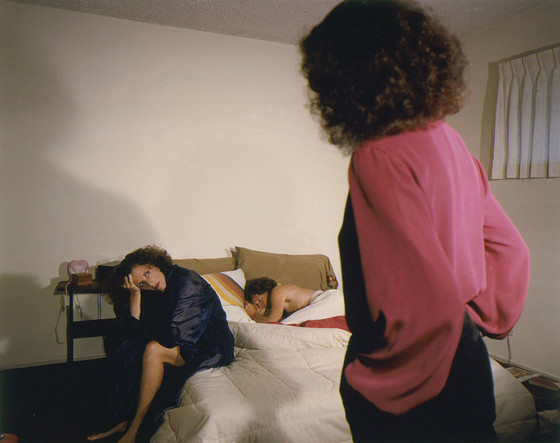Untitled (Woman in red shirt)
Please log in to add this item to your gallery.
View comments
No comments have been posted yet.
Add a comment
Please log in to add comments.
Please log in to add tags.
* Nearly 20,000 images of artworks the museum believes to be in the public domain are available to download on this site.
Other images may be protected by copyright and other intellectual property rights.
By using any of these images you agree to LACMA's Terms of Use.
Untitled (Woman in red shirt)
Photographs
Dye destruction print
Image: 19 1/8 × 23 13/16 in. (48.5 × 60.5 cm)
Primary support: 19 15/16 × 24 in. (50.7 × 61 cm)
Mat: 24 × 30 in. (60.96 × 76.2 cm)
Purchased with funds provided by Anita and Julius L. Zelman through the Graphic Arts Council (M.84.17)
Not currently on public view
